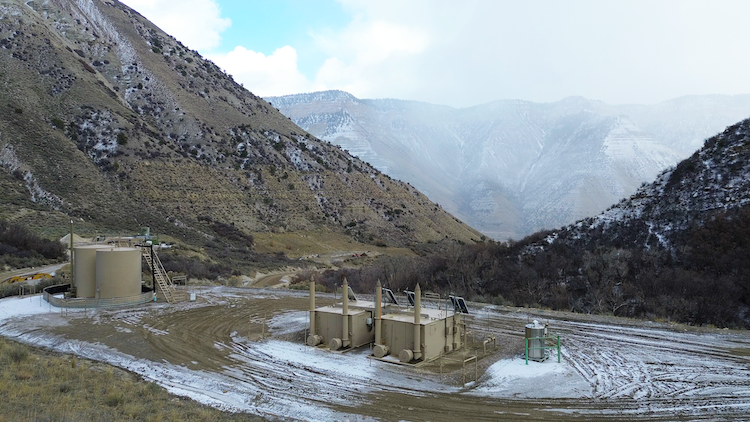
Kathairos has emerged as the leading North American solution for methane elimination from pneumatics, with more than 1,000 systems in operation across North America and over 40 major oil and gas producer partners.
In this post
Researchers from Oxford University have developed a sensor made of sapphire fibre that can tolerate extreme temperatures, with a potential to significantly improve the efficiency and carbon footprint of air travel and alternate energy generation.
In the study, researchers used a sapphire optical fibre, a thread of industrially grown sapphire less than half a millimeter thick, which can withstand temperatures above 2000 degrees Celsius.
When injected with light on one end, some is reflected back from something known as a Bragg grating, a point along the fibre which has been modified to be sensitive to temperature. The wavelength of the reflected light is a measure of the temperature at that point.
The research resolves a 20-year-old problem with existing sensors that, while the sapphire fibre seems very thin, in comparison to the wavelength of light it is huge. This means that the light can take many different paths along the sapphire fibre, which results in many different wavelengths being reflected at once.
The researchers overcame this problem by writing a channel along the length of the fibre, such that the light is contained within a tiny cross-section, one-hundredth of a millimeter in diameter. With this approach, they were able to make a sensor reflecting predominantly a single wavelength of light.
While the initial demonstration was on a short length of sapphire fibre only a single centimeter in length, the researchers predict that lengths of up to several meters will be possible, with a number of separate sensors along this length. This would enable temperature measurements to be made throughout a jet engine, for instance.
Using this data to adapt engine conditions in-flight has the potential to significantly reduce nitrogen oxide emissions and improve overall efficiency, reducing the environmental impact of aviation. The sapphire's resistance to radiation also gives applications in the space and fusion power industries.
These sapphire optical fibres will have many different potential applications within the extreme environments of a fusion energy power plant. This technology has the potential to significantly increase the capabilities of future sensor and robotic maintenance systems in this sector, helping the UK Atomic Energy Authority in its mission to deliver safe, sustainable, low carbon fusion power to the grid,” remarked Rob Skilton, the Head of Research at the Remote Applications in Challenging Environments Department of the UK Atomic Energy Authority.
Explore more posts from Kathairos
.jpg)
Decarb Digest, Issue 01: Discover Why Energy Leaders Aren’t Waiting on Washington

Op-Ed: While the White House “reconsiders”, producers are still moving forward on methane

